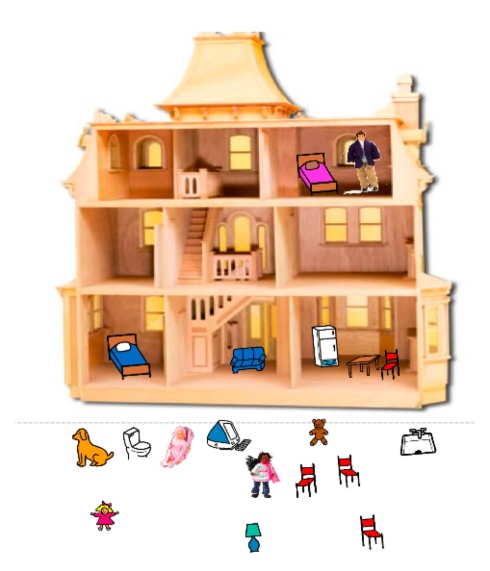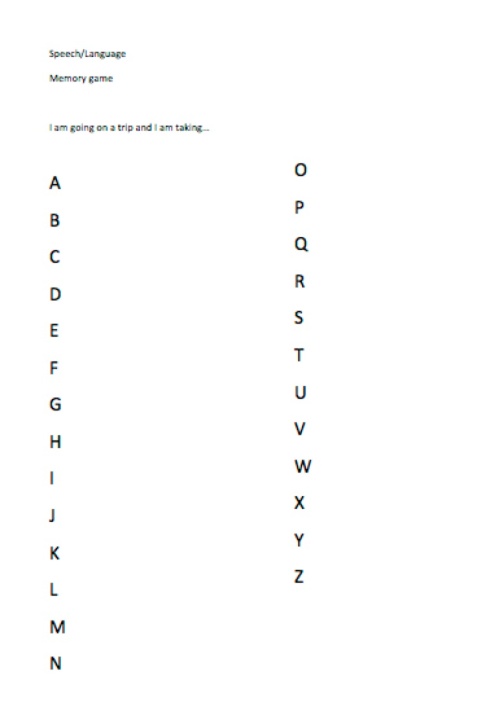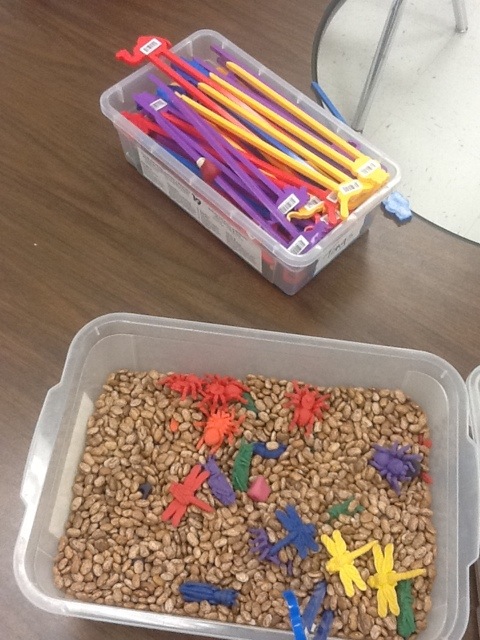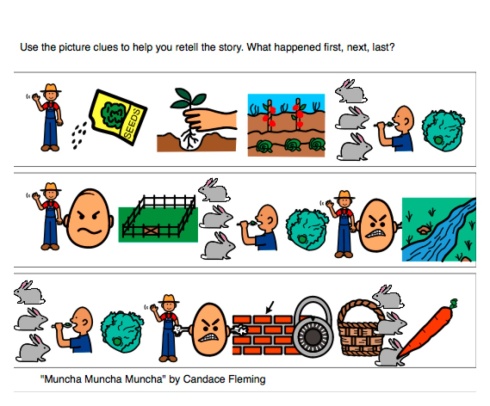Wow. So, long blog hiatus, eh?
I enjoyed my summer break (hello, Sweden & France and quite a few friends’ weddings!) and then started a new job. Life has been busy! I’m not claiming I’ll blog as regularly as I used to, but wanted to at least share a few things from the units we’ve done so far. Up first: The Kissing Hand.
What a nice story to kick off the year. Quite a few of our students have some difficulty separating from their parents, especially at the beginning of the year, so it’s a good pick. A few ideas:
-For following directions, I made a visual with a photo of a mother raccoon and a baby raccoon. I laminated/velcroed hearts and applied velcro to the raccoons’ hands, heads, tails, etc. The students were asked to give Chester a kiss on his hand, put a kiss on his mom’s tail, etc. They also got to put the hearts wherever they wanted, and tell us what they chose.
–Question of the week: at the end of our unit, I copied three scenes from the story (Mom kissing Chester, Chester kissing Mom, Chester going to school) and—with laminated/magnet photos of each child—had them cast their vote for their favorite scene. Especially with a citizenship unit coming up, we want to get used to voting! Good for introducing concepts like most/least.
–Parent communication: I sent home all the visuals from the story (which we used during quite a few readings of the book to listen/match/label) and visuals for questions the students answered from the story. Boardmakershare has more visuals for questions made by other users.
-iPad: I used “PeekaBoo Forest”, which has a lot of the animals from The Kissing Hand. Good for labeling forest animals and the changing seasons.
Also coming up: a review of Speaking of Apraxia: A Parent’s Guide to Childhood Apraxia of Speech by Leslie Lindsay. I was thrilled to receive a copy!
I’ve had some requests via email to share some of my Google Docs. I believe all of them are open to anyone who follows a link from here or sees one elsewhere, so this shouldn’t be necessary. Please let me know if you’re having issues accessing anything!
A couple of projects from the arts/crafts center:
























